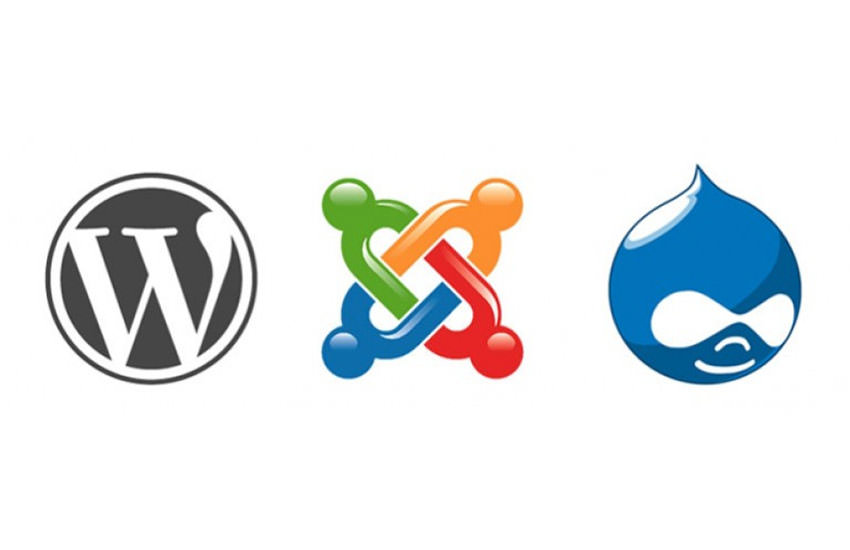Why should you speed up WordPress?
Why should you speed up your WordPress site? There are two main reasons. Firstly, if you are constantly aiming for a better user experience, you need your website to load as quickly as possible which in turn will make your site more appealing and easier to use for your users. Secondly, when a faster website becomes more common, SEO starts ranking faster which then leads to increased traffic and ultimately profit. Google’s algorithm updates have made websites that load faster in search rankings more attractive than slower ones. So speed up your WordPress website today!
How to test the loading time of your website?
With so many different factors that affect website loading speed, it’s hard to find the actual culprit. That’s why it is important to test your website and make sure that you are getting the best results.
There are various tools that can help you test the loading time of your website. Websites such as Pingdom and WebPagetest allow you to conduct a speed test on your site. You can also use Google’s Speed insights.
Read our article: 7 Important Website Performance Metrics You Should Be Analyzing
8 Ways to Speed Up WordPress Performance
-
Choose a better web hosting provider
There are many factors that go into choosing the right host, but speed is one of them. There are many options available in terms of data transfer speeds, and there are different companies that operate across multiple regions of the world with their own infrastructure – this makes picking a host difficult. That is why at HostingDOJO.com we monitor the speed of several hosting providers on daily basis. Check TOP3 fastest hosting provider worldwide.
Your hosting provider has a big influence on your TTFB (Time To First Byte). Read more about TTFB in our article: What Is Time To First Byte, And How To Improve It?
-
Use a lightweight WordPress theme
WordPress themes are an easy way to give your blog a professional look. It is also easy to customize your theme so that it reflects your own personal style. Whatever you need, WordPress has it! Unfortunately, a lot of them are not performance friendly. Themes with a lot of dynamic elements, sliders, widgets, social icons, and many more elements can be bad for your website speed.
The best option here is to use lightweight themes. Before installing the theme you should check speed statistics in the documentation. Usually, a good theme provider runs a website speed test before going live on the theme market.
-
Enable GZIP compression
GZIP compression is a popular compression algorithm that compresses data by removing redundancy. It's a widely used algorithm for reducing the size of text-based files.
Add the following line of codes to your .htaccess document

-
Minify JS and CSS files
Minifying JS and CSS files are the processes of removing unnecessary characters from a file to make it smaller. This can be done in minutes with different tools and WordPress plugins like Autoptimize, which automatically convert all your JS and CSS files into minified versions.
-
Caching plugins
WordPress caching plugin helps to make web pages load faster by splitting the web pages into chunks. These chunks are then sent over the server so they can be accessed later on by visitors if their browser requests them again.
-
Reduce image sizes
The way that you can reduce image sizes is by compressing them before uploading them to your website or host. There are a lot of plugins that help you with image compression like:
- WP Smush
- EWWW Image Optimizer
-
Deactivate or uninstall plugins
There are many plugins that you might need for your website, but these plugins will slow down the speed of your website. If you can't fix the issue, then disabling these plugins is the best option. Deactivating or uninstalling any plugin that you don't need can make your website run smoother by speeding up its load time, making it faster to navigate through pages, and increasing site speed overall.
-
Keep external scripts to a minimum
External scripts should be kept to a minimum to improve website speed and overall user experience.
The fewer external scripts, the faster websites will load for users.
Conclusion
WordPress is a popular platform for websites that need to be created or edited frequently. However, it’s not easy to maintain all the plugins and themes that contribute to the site’s speed. Speed is essential for the success of a website. The search engine algorithm has changed over time, which means more and more people rely on their mobile devices to access information. This makes it imperative for businesses to have a fast website to ensure their audience can quickly find what they are looking for.




